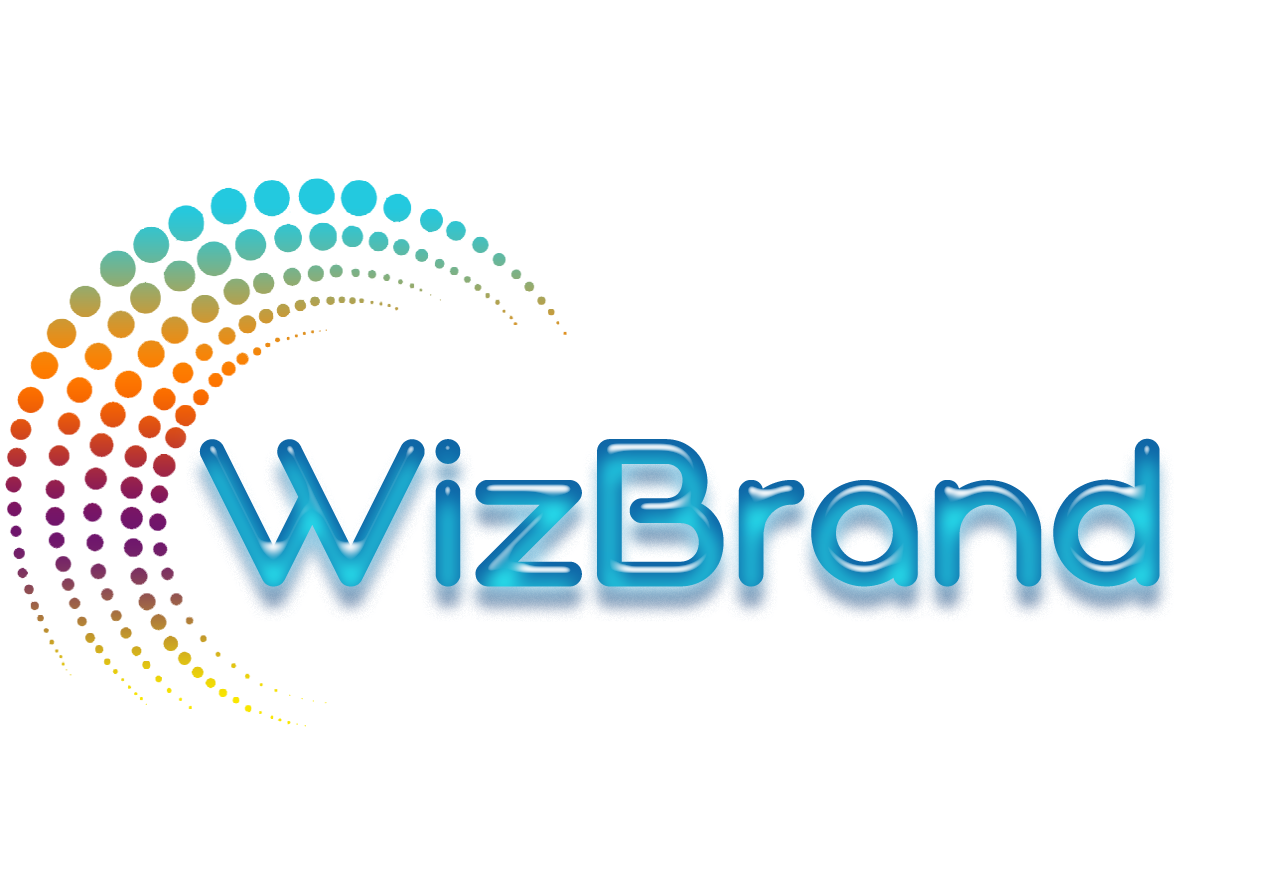
In today’s digital age, content is king. However, managing and protecting that content efficiently becomes a challenge as your organization grows. A Digital Asset Management (DAM) system is an essential tool for marketers, content teams, and SEO professionals alike to maintain, organize, and securely store digital assets. But as businesses continue to evolve and adopt new technologies, it’s critical to ensure that your DAM system is not only secure but also scalable and future-ready. This blog will explore the best practices to follow when selecting or optimizing your DAM system to ensure long-term efficiency and effectiveness.
Why Security is a Priority in DAM Systems
Digital assets—whether it’s images, videos, documents, or any other file—are valuable resources for a company. Ensuring their security is paramount to protect both intellectual property and sensitive information. A security breach could lead to data loss, theft, or leakage, which could severely damage the organization’s reputation and finances.
Best practices for securing your DAM system include:
- Robust Access Controls: Implementing strict access permissions is vital. Role-based access controls (RBAC) allow you to specify who can view, edit, or share files. Sensitive assets should only be accessible by authorized personnel.
- Data Encryption: Ensure that both data in transit and data at rest are encrypted. This protects assets from unauthorized access during transfer or storage. Opt for end-to-end encryption methods for maximum security.
- Regular Audits and Monitoring: Perform frequent audits and monitor access logs to detect any unusual or unauthorized activity. A secure DAM system will allow you to track the history of every asset, ensuring compliance and spotting potential threats early.
Scalability: Growing with Your Business
As your company grows, so does your content. A scalable DAM system can accommodate an increasing number of assets, users, and workflows without compromising performance. Scaling involves more than just adding storage capacity—it’s about maintaining smooth performance across the board.
Key scalability practices include:
- Cloud-Based DAM: Cloud-based systems are inherently more scalable than on-premise solutions. They allow you to increase storage and computing power as your needs evolve, without the overhead of hardware management.
- Flexible Taxonomy and Metadata Structure: A scalable DAM system should offer customizable metadata fields that grow with your assets. This ensures that as your content expands, it remains organized and searchable. You should be able to create new categories, tags, and filters easily.
- API Integrations: A future-ready DAM system should integrate seamlessly with other tools you use—like marketing automation platforms, CRM systems, or content management systems. APIs allow the DAM system to grow with your organization’s expanding technology stack.
Preparing for the Future: Innovations in DAM Systems

The digital landscape is constantly changing, and your DAM system must be flexible enough to adapt. Looking to the future, here are some practices that ensure your system remains relevant and valuable:
- AI and Machine Learning Integration: Artificial Intelligence (AI) can help automate processes like image recognition, asset tagging, and content categorization. AI-driven DAM systems not only streamline workflows but also provide advanced analytics to improve content strategy.
- Mobile Access: In an increasingly mobile world, it’s critical to ensure that your DAM system is accessible from any device. Whether it’s a laptop, tablet, or smartphone, team members should be able to access, manage, and collaborate on assets from anywhere.
- Collaboration Tools: Collaboration is key in a fast-paced digital marketing environment. A good DAM system will offer features like real-time sharing, feedback, and version control to improve team collaboration. This functionality ensures that multiple users can work on the same asset without the risk of duplication or version conflicts.
- Advanced Search Capabilities: As your digital assets grow, finding the right file quickly becomes a challenge. A future-ready DAM system will feature advanced search options, like full-text search, filters, and AI-powered recommendations, to help you easily locate assets.
How Wizbrand Helps Streamline Digital Workflows

When it comes to Digital Asset Management, Wizbrand stands out as one of the Best Digital Asset Management Software solutions on the market. Wizbrand’s platform allows teams to securely store, manage, and share digital assets while also providing advanced tools for collaboration and automation. Whether you’re looking for a way to optimize your SEO workflow or a robust solution for handling your brand assets, Wizbrand offers a scalable, secure, and flexible platform.
Wizbrand’s solution integrates seamlessly with SEO Management Software, ensuring that your digital assets contribute directly to your content and SEO strategies. By using Wizbrand as your DAM system, you can improve your team’s productivity, streamline workflows, and maintain control over your brand’s digital resources.
Conclusion
Selecting the right DAM system is crucial for modern businesses aiming to stay ahead in the digital landscape. By focusing on security, scalability, and future-readiness, you ensure that your digital assets are well-protected, organized, and adaptable to future needs. With Wizbrand’s Best DAM Tools in the world, businesses can streamline their digital workflows and empower their teams to create and distribute high-quality content efficiently.